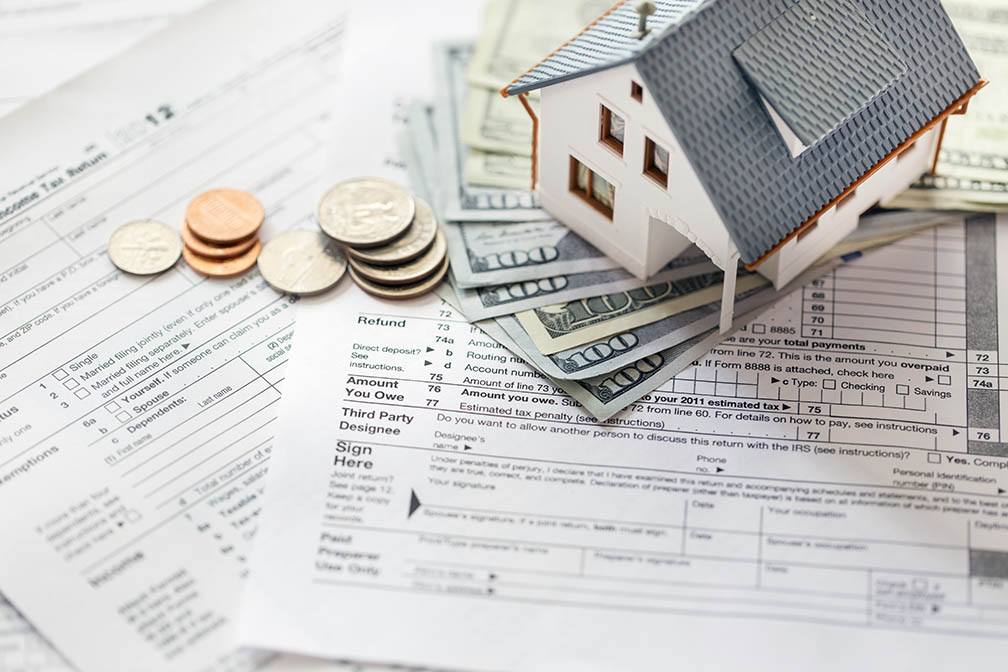 For those who are looking for a new home, it is important to take the time to get this decision right. For a lot of people, a home is the most valuable investment they are ever going to make. As a result, it is critical to evaluate all of the options that are available. That way, everyone will get the most out of their time. What about setting a budget? How important is this and should people think about going over it?
For those who are looking for a new home, it is important to take the time to get this decision right. For a lot of people, a home is the most valuable investment they are ever going to make. As a result, it is critical to evaluate all of the options that are available. That way, everyone will get the most out of their time. What about setting a budget? How important is this and should people think about going over it?
It Is Important To Budget First
When someone is looking for a home, the first step is to know the budget. As a rule of thumb, those people should try to avoid spending more than 30 percent of their monthly income on housing expenses. This is monthly income before taxes. For those who are having trouble doing this calculation, this is an area where a trained professional can provide assistance. That way, everyone will know how much money they can spend on a home after their down payment.
Make A List Of Must-Have and Nice To Have Features
Next, it is important to come up with a list of features they must have and features that would be nice to have. Everyone has to make sure they know what features they want to include the budget. There are some things that homeowners need to have, such as a certain number of bedrooms. Then, there are features that people would like to have but aren’t necessary. What happens if someone finds a home with everything? Should they go over budget?
Finding The Perfect Home Is Worth A Few Extra Dollars
In the end, a home is more than just a number on a piece of paper. Because a home is also about intangible values and benefits, it is okay for homeowners to go over their budget slightly for the perfect home because there is a great chance that they are going to be there for years to come. At the same time, everyone also has to make sure they know how far over budget they are willing to go. Then, they can find the perfect home.
 For those who are thinking about buying or selling a home during the pandemic, they may feel like this is a difficult task. Even though it is true that this is going to be a challenge, people are able to increase their success rate by adapting to a new environment. When it comes to buying or selling a home during the pandemic, there are a few tips that everyone should keep in mind.
For those who are thinking about buying or selling a home during the pandemic, they may feel like this is a difficult task. Even though it is true that this is going to be a challenge, people are able to increase their success rate by adapting to a new environment. When it comes to buying or selling a home during the pandemic, there are a few tips that everyone should keep in mind. Do you have a mortgage? You’ve likely seen or heard a lot about mortgage refinancing as interest rates remained low in recent months.
Do you have a mortgage? You’ve likely seen or heard a lot about mortgage refinancing as interest rates remained low in recent months.